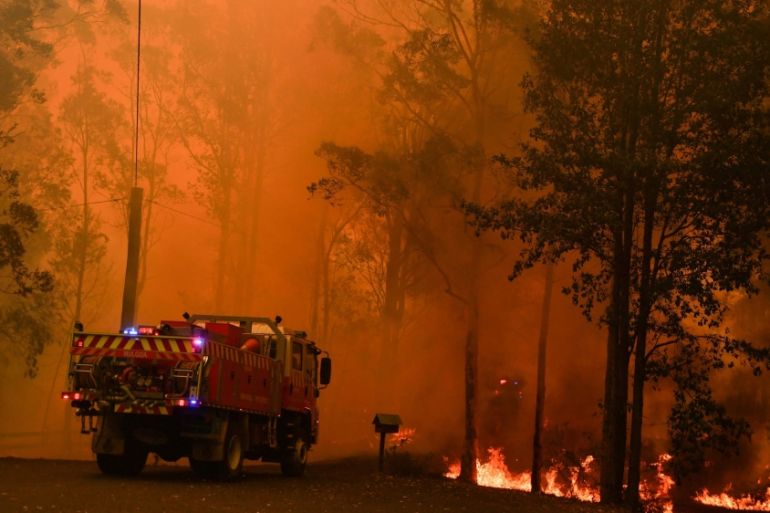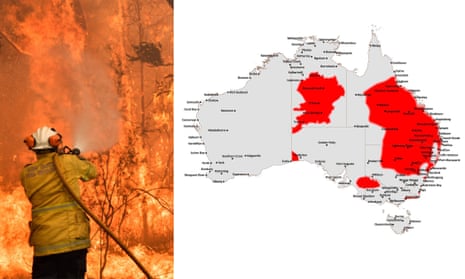Proactive Property Security: Leveraging the Insights of a BAL Report
Wiki Article
Just How BAL Record Impacts Bush Fire Security Procedures
In the world of bush fire protection, the Structure Strike Level (BAL) report stands as a vital device that dramatically influences the security and resilience of residential or commercial properties in fire-prone locations - BAL Report. The impact of a BAL assessment expands much beyond mere documents; it works as the cornerstone for establishing the ideal building standards and fire security procedures essential to mitigate the risks presented by bushfires. As communities grapple with increasingly extreme fire periods, recognizing just how the BAL record forms these protective measures becomes critical for builders, policymakers, and homeowners alikeUnderstanding the Bushfire Strike Degree

Value of BAL Report Evaluation

In Addition, the BAL record analysis acts as a fundamental action in following lawful commitments and needs associated with bushfire defense. Local councils and authorities typically mandate the submission of a BAL record as component of the preparation and structure authorization procedure to ensure that buildings are properly protected against bushfire threats. Failing to perform a thorough BAL record analysis can lead to insufficient security steps, leaving homes susceptible to ruining bushfire incidents.
Building And Construction Requirements Based Upon BAL
A detailed understanding of the Bushfire Attack Level (BAL) makes it possible for building proprietors to execute building requirements tailored to their specific threat profile. Building and construction criteria based upon BAL are important in reducing the influence of bushfires on buildings. The BAL rating classifies the possible danger a property faces throughout a bushfire on a scale from BAL-Low to BAL-FZ (Flame Area) Each BAL level represents specific construction needs detailed in the Australian Common AS3959-2018 Construction sites of Buildings in Bushfire-Prone Locations. Buildings categorized as BAL-Low may just require basic procedures such as clearing particles and preserving gardens, while those in greater BAL classifications require even more durable steps like cinder displays, fire-resistant materials, and sealed home windows. Sticking to these building criteria not only enhances the structural resilience of the residential property yet also improves the general security of citizens during a bushfire event. Residential or commercial property owners need to meticulously consider their BAL score and conform with the matching construction requirements to adequately guard their homes and occupants.Executing Fire Defense Actions
With the foundation of construction standards based on Bushfire Attack Degree (BAL) in area, the focus currently moves towards the sensible execution of fire defense actions to strengthen properties against bushfire risks. Passive measures consist of making use of fire-resistant building products, mounting coal guards on vents, sealing spaces in roof coverings and wall surfaces, and keeping a clear area around the residential property complimentary from flammable greenery. By incorporating both passive and active strategies, homes can considerably reduce their vulnerability to bushfire incidents and raise the security of occupants.Shielding Houses Versus Bushfires
Successfully securing homes against the devastating influences of bushfires needs a detailed and positive strategy to fire defense procedures. Furthermore, sealing voids and vents to avoid ember breach, as well as integrating fireproof doors and home windows, can assist strengthen the home's protection against bushfires. By welcoming a proactive stance and incorporating these protective actions, home owners can substantially boost their possibilities of safeguarding their homes versus bushfires.Final Thought
In conclusion, the Bushfire Strike Degree (BAL) record plays a critical role in identifying the essential defense measures against bushfires. Carrying out fire defense steps based on the BAL record is vital in safeguarding buildings from potential bushfire threats.In evaluating bushfire risk to residential properties, comprehending the Bushfire Strike Degree (BAL) is a critical component for executing efficient security procedures. Generally, a clear understanding of the Bushfire Assault Level is necessary for applying appropriate security procedures and alleviating the impact of bushfires on residential properties.

Report this wiki page